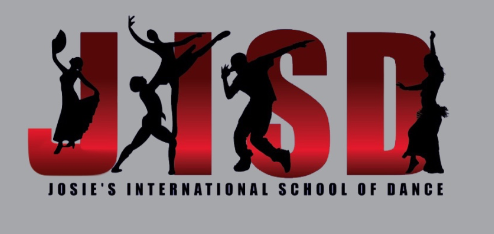Learning How To Practice: A Four-Part Series
/PART 3: Tools You Need To Practice (What Do I Need?)
Practicing is a creative activity worth mastering. When it's done right, it's fun and it makes you feel good.
In Part 1 we introduced 6 tips to get you started practicing: Be Comfortable, Be Honest, Be Optimistic, Be Persistent, Be Consistent, Go Slow.
In Part 2 we explored concepts and ideas to help you practice. In Part 3 we discuss "Tools To Help You Practice." This blog series is adapted from musician Tom Heany's book First Learn to Practice.
1. Metronome. A metronome is a device that keeps regular beats (or ticks) to help you maintain the beat or tempo of a song. It was originally invented to help musicians keep a steady beat so that when they increased the speed of the music it still sounded even. Many people cannot hear the underlying beat or tempo of music, especially when listening to a song with singing and multiple instruments in the background. You can download a metronome app or purchase a digital metronome in a music store or online. Using the metronome alone will help you develop rhythm and good timing, starting slow of course, and gradually increasing speed. Slow and steady is most important to perfect a move. Another good practice if you have trouble hearing the steady beat in a song is to listen to a song on one device, tap the pulse with your hand, then find the tempo with your metronome device. This is a challenging exercise and one that will surely help you find the steady beat of the music.
2. Barre Notes. There are many free downloadable apps available but my favorite is Barre Notes. It plays any song in your phone’s music library and allows you to slow down or speed up any song. It’s an invaluable tool in your practice.
3. Video Pix. There are many free downloadable apps to also slow down videos, and VideoPix is my favorite. It allows you to watch a video from your photo library at a slower speed, enabling you to learn a movement easier by watching it at a slower pace.
4. Music & Video Library. Keep an accessible library of music and videos (on your phone or computer) that are useful for your practice. Refer to your own videos from class, private lessons or youtube. Make sure you have a clear goal in mind when using your music and videos. For example, today I’m going to use Song A to practice one move or a short series of moves from Video A. Less is more! Then once you feel ready to take your practice to the next level, start videotaping yourself. This might seem uncomfortable at first, but as you start to see an improvement in your dancing, you’ll continue to use this as an effective tool in your practice.
5. “Goal” Notebook. To measure your success write down your goal for the week and try to attain it. It could be practicing one move for 5 minutes each day or practicing a short series of moves (mini routine) with the goal of completing the routine by the end of the week.
6. Designated Practice Space. Remember in Part 1 we discussed being comfortable and finding a designated practice area in your home that is suitable for your dance practice. If you’re not happy with the space you’ve chosen you can always change it.
7. Mirror. Being able to watch your movement is very helpful if you’re dancing by yourself. Not as necessary if you’re dancing with a partner. To perfect a move, a mirror is an essential tool. A small stand-up mirror ($10) will work if you have limited space and funds. It doesn’t have to be permanently affixed to a wall. You can also purchase from Lite Mirror (made of mylar) www.litemirror.com which is both portable and lightweight. This mirror can either remain on its rolling stand, be reversed when you’re not using it, and use the other side to hang a poster. Or you can mount the actual mirror to a wall.
8. Comfortable Clothing & Shoes (or Bare Feet). Depending on which dance moves you’re practicing, give yourself the freedom to move by setting aside comfortable yoga pants or knock-around clothes and shoes. It only takes a few minutes to change and you’ll be much more comfortable! Comfort is key!
9. Smile. Bring forth a positive attitude with a smile and enjoy your practice. Keeping a smile on your face improves your general mood and reduces stress. Give yourself time, set goals, smile and enjoy the journey!


